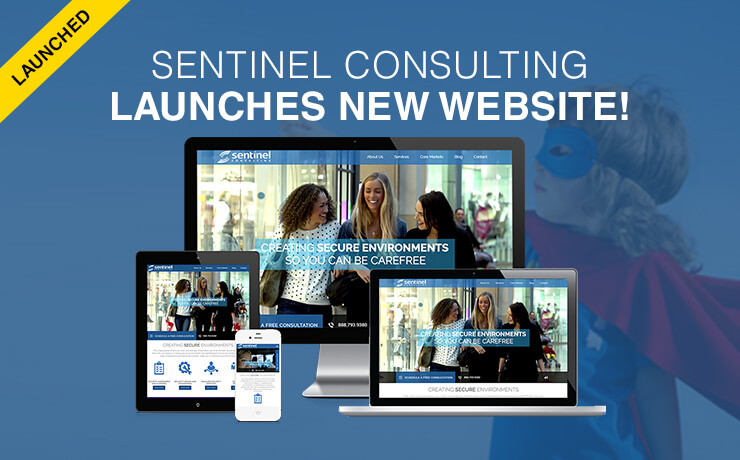Digital Product & Website Design Trends In 2017

Chad Faith
Director of Content

2017 is here, and everyone’s in the mood to celebrate a new beginning in all aspects of life! If you haven’t notice (it happens every year), designers will always be wondering about what’s going to define web design and development landscape in 2017. Here’s a look at some of the widely-predicted website design trends in 2017:
Popularity of Typography That’s Big and Bold
The design world is soon coming to the consensus that everyone’s focus should be on content. In 2017, you may start to see more websites featuring lines of inspiring copy set in big, bold type. However, do not confuse ‘bold’ and ‘big’ as the weight of the font. More websites are choosing to dedicate significant screen ‘real estate’ to one- or two-liners of encompassing statements about a certain service or product. If you are creating statements like these, make sure that they are clear and to-the-point. The world we know today is fast-paced and information-overloaded. So it won’t be surprising to see concise yet powerful statements becoming a trend.
Increase in the Use of Scalable Vector Graphics
In 2017, you might be seeing more graphics that are not raster or pixel-based. Scalable vector graphics are trending as we speak, and they offer both web designers and developers a wide range of advantages over conventional image formats like .gif, .png, and .jpg. Never heard of SVGs? They are basically composed of vectors; much like mathematical descriptions of an object’s shape. SVGs have loads of plus points, including:
- Looking stellar on any screen and device type
- Don’t require any HTTP requests (allows web pages to load faster)
- Allows users to animate them
Dynamic Improvement in Design-to-Development Workflows
Tools made for web design and prototyping are gaining maturity. That’s why you may be seeing a wave of sophisticated tools hitting the shores in 2017. In the past, static files were used to explain how a site will be developed; it entailed a lengthy feedback loop, which caused significant frustration among designer, developer, and client at times. More companies are using dynamic deliverables such as animated keynote files, dynamic visualizations, and even fully functional websites. In 2017, you may see more professionals using these tools to communicate better with clients and bring ideas to life with greater ease.
A New Wave of Constraint-Based Design Tools
Responsive design has definitely changed how people browse and construct the web. However, there’s one thing that it hasn’t change – how design tools work. Most design tools that we know require users to rebuild the same screen repeatedly for different device resolutions and sizes. While it gets the job done, you have to think about industries that depend on rapid launches, ideation, and development. There is the presence of a massive time sink and it’s just not sustainable. The near future will welcome new design tools such as Figma; the tool lessens the amount of recurring work designers and developers have to do when creating cross-device layouts.
Increased Demand for Unique Layouts
An increasing number of creative heads are seeking innovative ways to present content to their audiences. For starters, they are breaking out of traditional box-centric layouts. What’s more, this is an approach and trend that will be picked up by many in 2017. With many people seeking alternatives to painstakingly aligned and boxy layouts, you can expect to see more people favoring web design layouts that feature random text and image placements, overlapping graphical and typographical elements, and more.
The Fall of Fake News
Today, misinformation is scarily easy, fast, and inexpensive to produce. What’s more, this negative form of information is super profitable and can be used to severely impact the public perception of brands, companies, and more. However, take heart that not many are excited to see misinformation being created and distributed across the web. Every problem represents an opportunity, and web developers, designers, and product designers worldwide have joined forces to fix this ‘broken window’.
Mark Zuckerberg (Facebook) has already started to outline steps his digital products can help fight misinformation. Though the percentage of fake news is relatively small at the moment, it has the potential to grow exponentially. It is truly up to us to stop the creation and distribution of fake news; this initiative will definitely be trending in 2017.
Using Virtual Reality on the Web Will Become Common
With the availability of sites like Web VR and what’s already trending (Occulus Rift anyone?), we can already confirm our tendency to think of the web as an alternate reality. That’s why there is no denying that virtual reality is going to affect the web in a big way, even in 2017. The impact of VR isn’t going to diminish even if browsers aren’t ready to support it in the near future.









